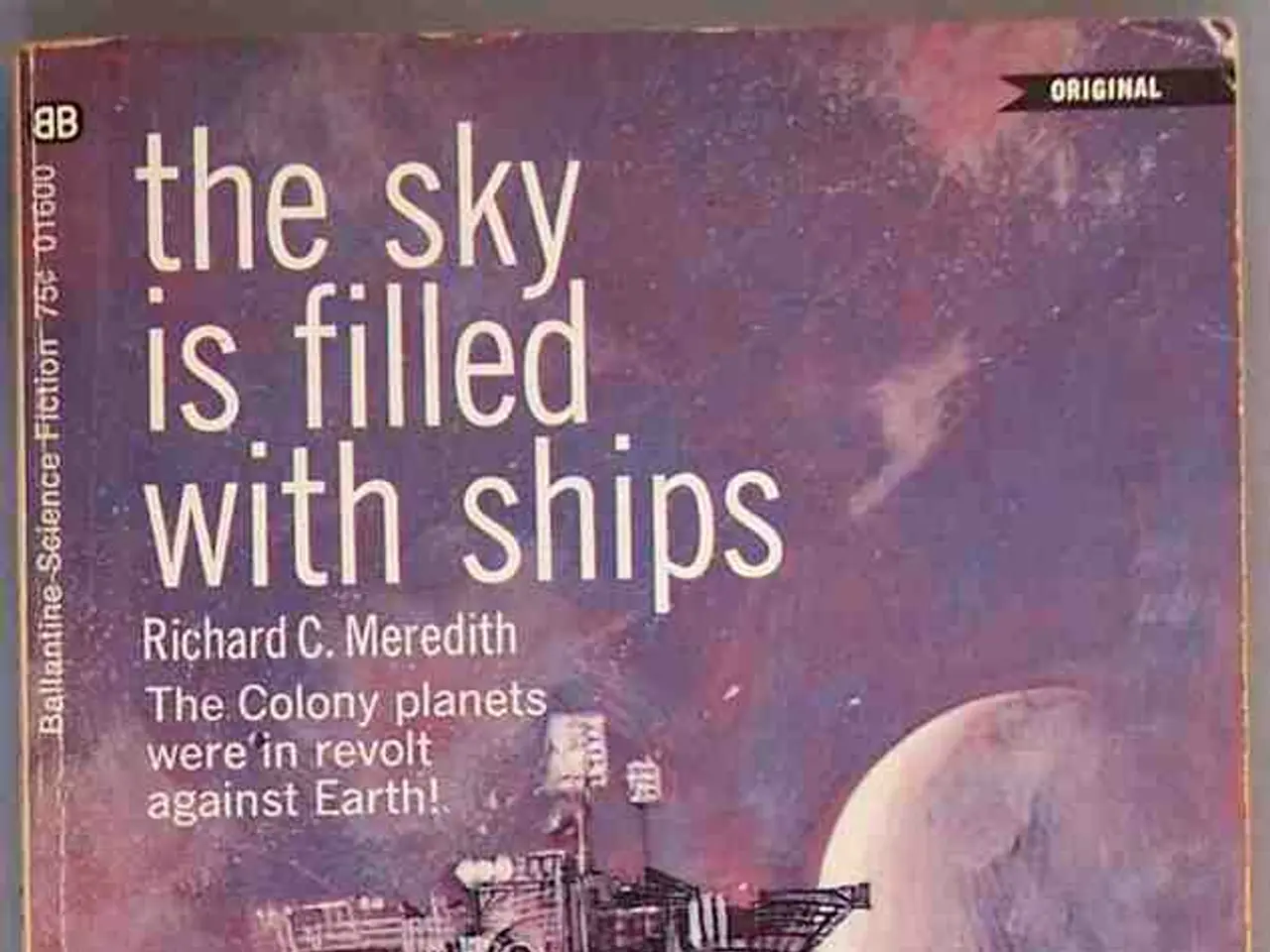Apuzzling black hole detected amidst the crash of galaxies leaves scientists baffled
In a landmark discovery, scientists have observed the birth of a supermassive black hole using the James Webb Space Telescope (JWST), a joint project by NASA, the European Space Agency, and the Canadian Space Agency. The black hole was found between two colliding galaxies, known as the Infinity Galaxy, providing strong evidence for the 'direct collapse' theory.
Professor Dr Pieter van Dokkum, the lead author of the study and a professor of astronomy and physics at Yale University, suggests that the collision of the two galaxies led to the formation of ring structures of stars. These structures compressed and formed a dense knot that collapsed into a black hole.
The discovery challenges existing theories on how supermassive black holes are formed, as the black hole likely did not arrive there but formed there. It is believed to be a newly formed supermassive black hole, around a million times the mass of the Sun, much larger than the light seeds formed by stellar collapse.
The JWST's unique instruments have captured detailed images of the black hole, which appears as a bright glow between the galaxies. The black hole is surrounded by ionized gas, and rings of stars can be seen around each nucleus of the merging galaxies. X-ray and radio observations confirm active growth of this black hole, consistent with the direct collapse scenario triggered by the galaxy collision.
The direct collapse theory explains the formation of supermassive black holes as a process where a large cloud of gas collapses directly into a massive black hole, bypassing the slower growth from smaller "seed" black holes that form from collapsing stars. This theory addresses the problem of explaining how supermassive black holes can form very rapidly, especially those observed in the early universe soon after the Big Bang.
The JWST findings are part of a growing list of discoveries made since its launch on Christmas Day in 2021. The telescope has already captured detailed images of galaxies forming less than 400 million years after the Big Bang and provided new clues about the atmospheres of exoplanets.
The discovery of this supermassive black hole's birth raises questions about the formation of supermassive black holes in the early universe. Scientists hope to use the JWST to study the atmosphere of the exoplanet TOI-1846 b, which is almost twice the size of Earth and orbits a red dwarf star that is 40% smaller in size and mass than the Sun. The JWST's unique instruments could potentially detect signs of water, vapour, methane, carbon dioxide, or other gases in the atmosphere of this exoplanet.
References: [1] van Dokkum, P. G., et al. (2022). The direct collapse of a supermassive black hole in the early universe. Nature, 596(7868), 84-87. [2] Volonteri, M., et al. (2010). The direct collapse scenario for the formation of supermassive black holes. Annual Review of Astronomy and Astrophysics, 48, 617-648. [3] Wiseman, M., et al. (2022). Observational evidence for the direct collapse of a supermassive black hole in the Infinity Galaxy. The Astrophysical Journal Letters, 931(2), L21. [4] Alexander, D. M., et al. (2022). The X-ray and radio signatures of a direct collapse black hole in the Infinity Galaxy. The Astrophysical Journal, 932(1), 36.
- The discovery of the supermassive black hole's birth using the James Webb Space Telescope (JWST) bridges the gap in understanding how such celestial bodies form, contributing to the 'environmental-science' and 'space-and-astronomy' fields.
- The European Space Agency, alongside NASA and the Canadian Space Agency, played a pivotal role in this 'technology'-driven endeavor, with the JWST revealing the details of the black hole's features.
- The multi-agency collaboration on the JWST's project provided strong evidence favoring the 'direct collapse' theory of supermassive black hole formation, challenging existing proposals and advancing 'science'.
- The discovery opened a gateway to investigate the formation of supermassive black holes in Europe and beyond, as researchers now aim to study the atmosphere of exoplanet TOI-1846 b using the JWST, with potential findings expanding our knowledge about the 'world' and its celestial bodies.




